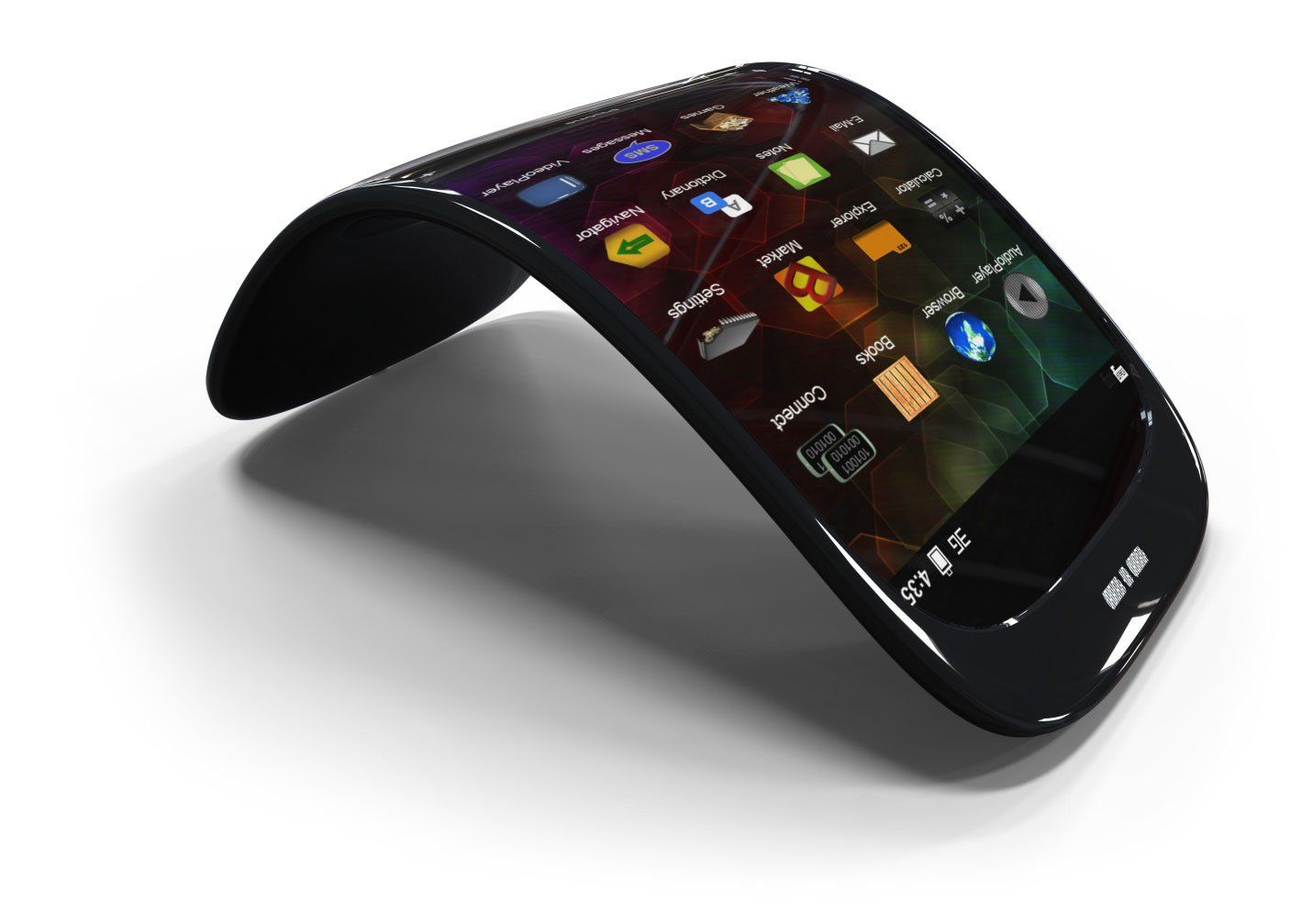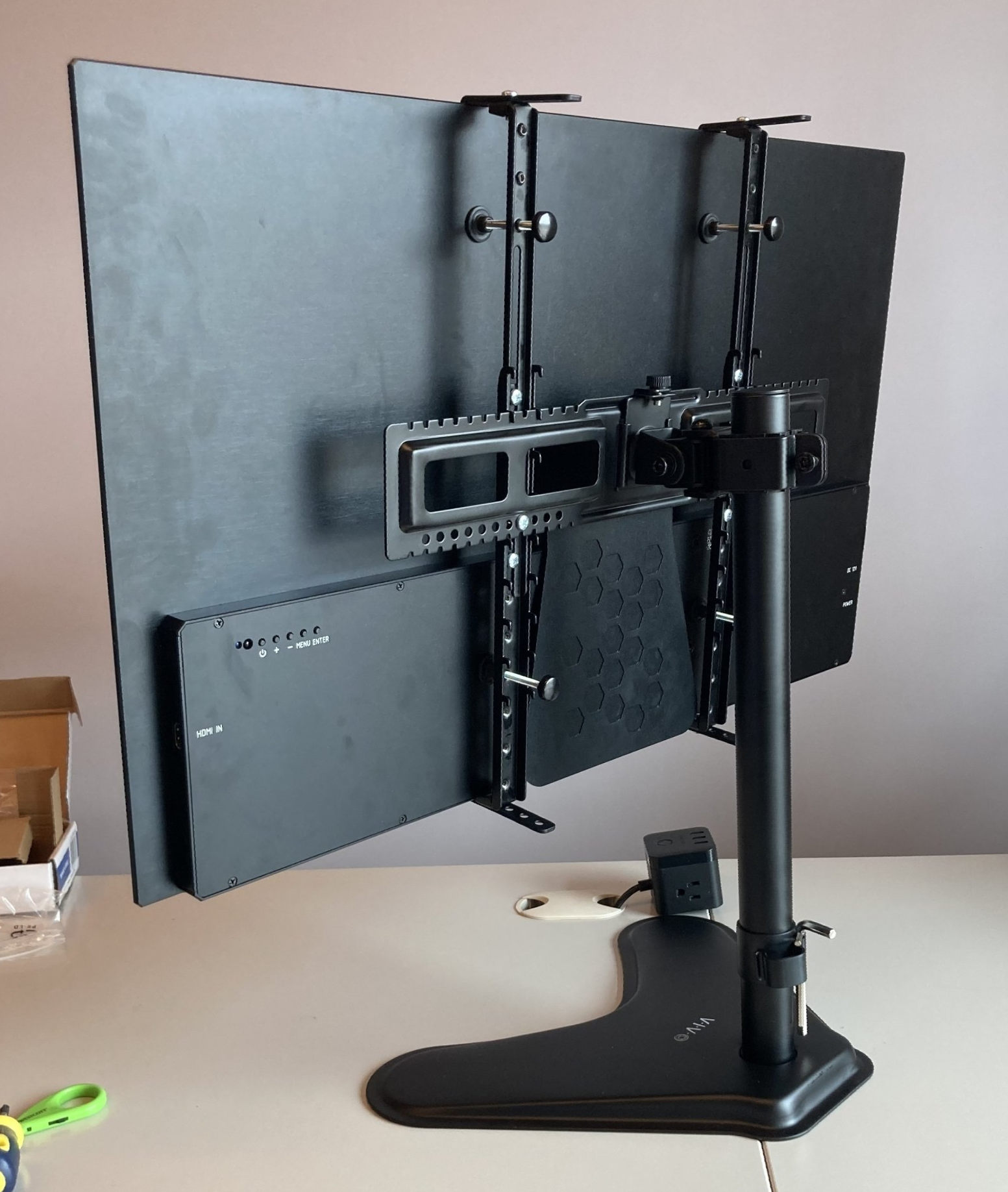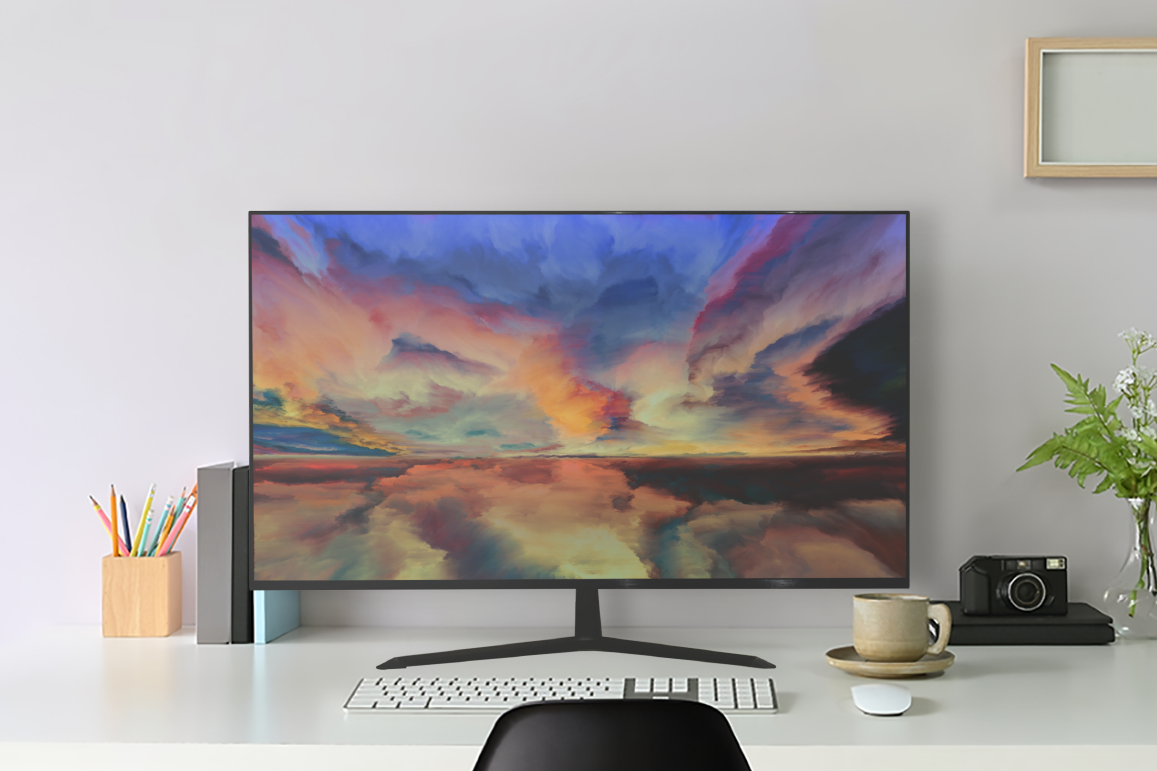The Future of LCDs
The Past, Present, & Future of LCD Technology
There is no doubt that LCD technology has come a long way since 1970, when American inventor, James Fergason, designed the first functional LCD. It gave rise to the hope that LCDs could be useful in everyday life. Prior to that, LCDs had always consumed way too much energy, and we had typically only seen them in certain calculators and watches. But, once those floodgates had opened, LCD use indeed began spilling out into a myriad of applications. Now, most of us would have a hard time imagining life without them being, well… pretty much everywhere in sight. But, questions exist about the future of LCD technology. For example, how will it continue to change and evolve over time? Which new features can we expect to see in it, and how will those changes continue to impact our lives? Or, perhaps you’ve wondered… will LCDs even be around in the long haul? While no one can predict the future with absolute certainty, the existing data is there for anyone to see. And, there is enough of it to leave educated guessers with a bit of uncertainty.
Competition with OLEDs
As you may have heard, Samsung Display plans to stop producing LCDs by the end of 2020. LG has announced similar plans, intending to end their LCD production in South Korea. Why these major changes in direction? According to Samsung, it’s because they plan to increase their acceleration towards quantum dot displays, which will rely on OLED instead of LCD displays.
Such stories are definitely worth paying attention to, but can we rely on them to tell us where the future of LCD technology is headed overall? Not necessarily. In fact, while some manufacturers seem to be moving away from producing LCD technology, others are focused on enhancing it and reinventing it. Here are some ways in which that is being done:
Demands for Flexibility
In addition to LCD displays becoming larger, lighter, and thinner over the past few decades, organic LCD tech has become more flexible as well. Literally. By using carbon-based transistors (instead of silicon) to replace the glass in the display, LCDs are now capable of having borderless screens, bending at the edges near the bezel to keep the bezel hidden. HERE is an example. Of course, the opportunities that come with flexibility do not end there.
It proves very useful in smaller screens on applications that do not have much flat surface space. Or, objects with surfaces where a typical flat glass screen would not work. This could include smart watches, car dashboards, or any of a thousand other applications. And, it’s usually not out of the question for manufacturers to begin producing them, as they usually already have the majority of the low-cost manufacturing resources established to make those upgrades viable.
It is not uncommon to see LCD displays that bend around the corner of an exhibit booth, or home TVs that have a concave curve. Samsung now even has created an LCD phone that flips shut. The screen folds as you close the phone to put it into your pocket. It’s very interesting to see this flexibility being incorporated into LCDs, and it causes the mind to wonder what else may be possible.
Reflective LCDs
Another amazing new type of technology emerging is the reflective LCD display. Unlike transmissive displays which rely on a backlight, reflective displays use ambient light (or sunlight) to light up the display. This offers some huge advantages – especially for consumers who plan to keep their signs running for long durations of time throughout the day.
Since no backlight is used, the display requires very little energy in order to operate. This means: a lot of money can be saved over time. Think about the costs of a drive thru menu that stays running all year for sixteen whole hours a day. Those costs add up. Can you imagine spending $20k a year – just to power your display? That would cut your profits in a very noticeable way. So, I bet you’d be pretty pleased to find such a low-energy alternative.
Reflective displays really are a unique thing. You don’t have to hide them from the sun. You don’t have to shield your screen with your hand in order to eliminate glare. You don’t have to tilt it at funny angles that cause your neck to throb in pain, just so that you can read what’s on the screen. Funny, because those are our natural reactions whenever LCD and sunlight combine. Not with a reflective display though.
You could almost compare a reflective display to a piece of paper in the way that it becomes more visible when light is shining directly on it. It’s really bizarre to see, and you almost have to witness it in order to wrap your head around it, because it’s totally unlike what you’re used to.
Here is a short video about SVD’s reflective displays, and a brief explanation of how they work:
LCD Market Growing in China
One final development to add about LCDs is that the Chinese government is really backing the technology boom, and the Chinese economy is now manufacturing a much larger portion of all the LCD screens being made. It is estimated that the Chinese will be manufacturing 27 percent of all LCD screens this year, which is a significant step up from its former 16 percent.
In Conclusion
All in all, we can probably safely conclude that the future of LCDs still looks bright – despite the expanding development of OLEDs. However, it is also clear that ALL LCD manufacturers are entering into a more competitive market, and may have to adopt new strategies to remain successful in it.
Learn More
If you’re interested, check out our LCD screen cleaning article that explains the proper way to clean your LCD. If you’ve ever tried, you know that it can be frustrating. That’s why we want to offer you a few quick tips on how to get it done!













